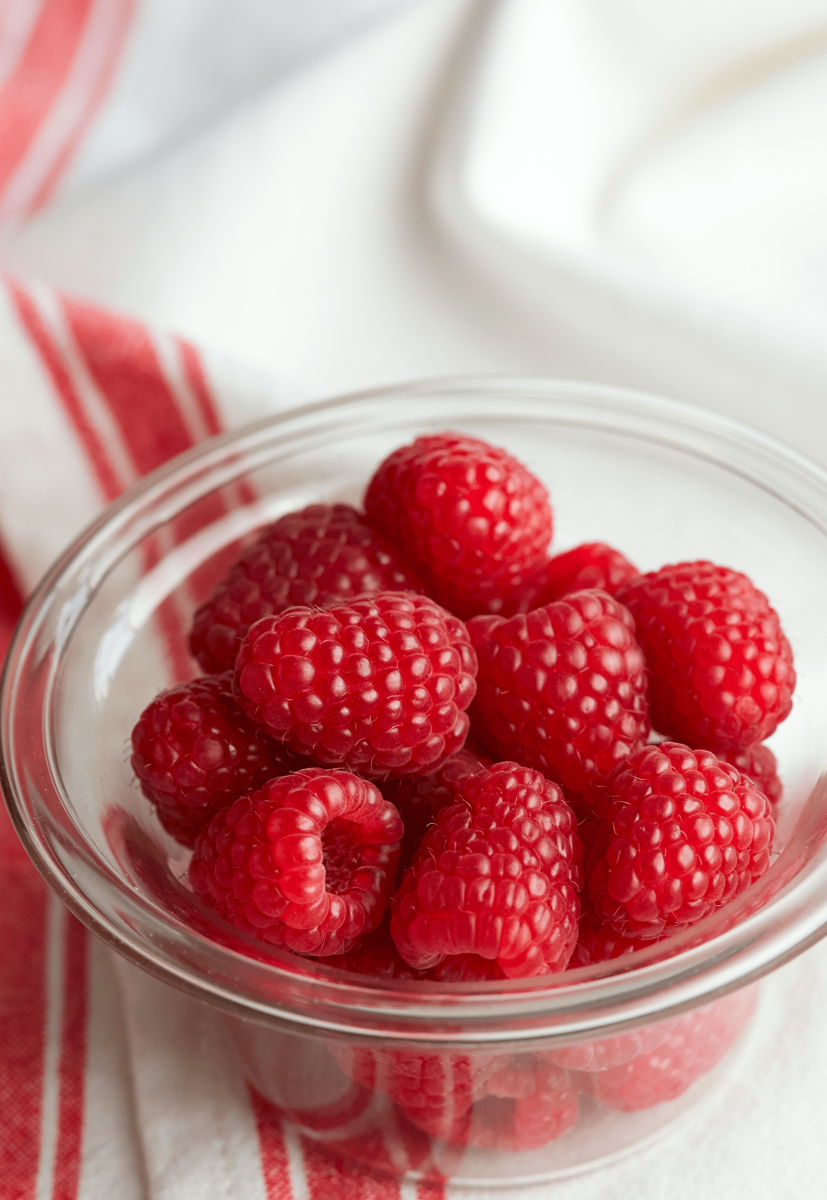Berry lovers unite
Join our community for tasty recipe ideas, handy hints, seasonal fun facts and more.

May 13, 2025 in Lifestyle
There’s nothing sweeter than a fresh raspberry. Whether you are preparing your raspberries for a summer desert or simply eating them straight out of the packet, giving your raspberries a quick wash will remove any dirt so they are fresh, delicious and ready to eat. However, the best way to wash raspberries is often a mystery to many.
A common question that we receive is ‘should you wash your raspberries?’. It’s not unusual to be hesitant about washing raspberries as their fragile nature means fresh juicy berries can quickly turn into a soggy mess. The skin of a raspberry tends to easily soak up liquid so it may tear easily and can lead to mould and spoilage if washed incorrectly. To ensure you are able to enjoy your fresh raspberries, we recommend washing your berries just before you are to eat them.
Follow our easy step by step guide to ensure your raspberries are clean and ready to eat.
To wash your raspberries, place your berries in a colander or strainer and then lightly rinse them under cold running water. Due to their delicate nature, keep the water pressure light.
Place your berries in a bowl lined with some paper towel or a clean tea towel. Lightly dab to ensure your berries are thoroughly dry, but avoid being too heavy handed so not to squish them.
It’s best to enjoy your raspberries as soon as they have been washed. Place your berries on top of a birthday cake for an extra boost of colour and flavour, blend them into a delicious and healthy smoothie, or simply enjoy them on their own.
If you’d like to enjoy your raspberries at a later date, you can choose to freeze them. Follow step 1 and 2, then place them individually on a baking tray with baking paper and pop in the freezer. Once they are completely frozen, you can transfer them to a freezer-safe container. By freezing them individually first, you will prevent them from sticking together.
There’s no shortage of information about how you should be washing your raspberries, but here are some common mistakes we see.
Many blogs and tutorials recommend washing your fresh produce, especially your berries, in a vinegar mixture. However, washing your raspberries with vinegar is not only unnecessary, but also can negatively affect the texture and taste of your berries. This is because raspberries are incredibly porous and can absorb the flavour of the vinegar. As Driscoll’s berries are grown with limited pesticides, washing with water is enough to remove any bacteria and dirt on your raspberries.
When washing your raspberries, we recommend using a colander or strainer to avoid your berries sitting in water too long. This is because submerging your raspberries in water can cause them to turn soggy and mouldy quickly.
Looking for raspberry inspiration? Check out some of our most popular raspberry recipes: